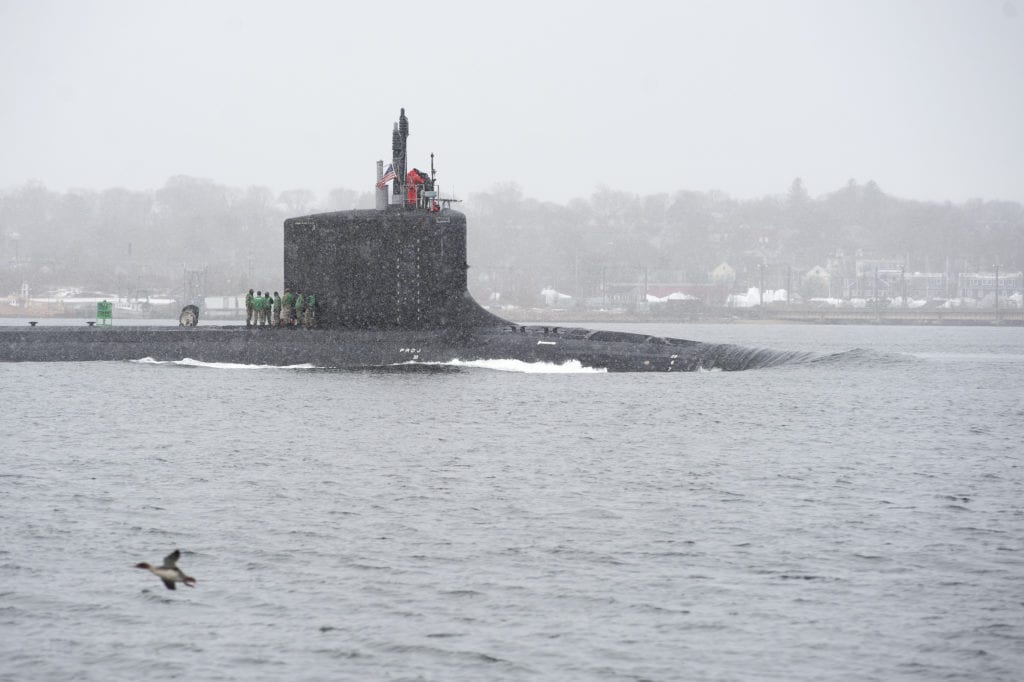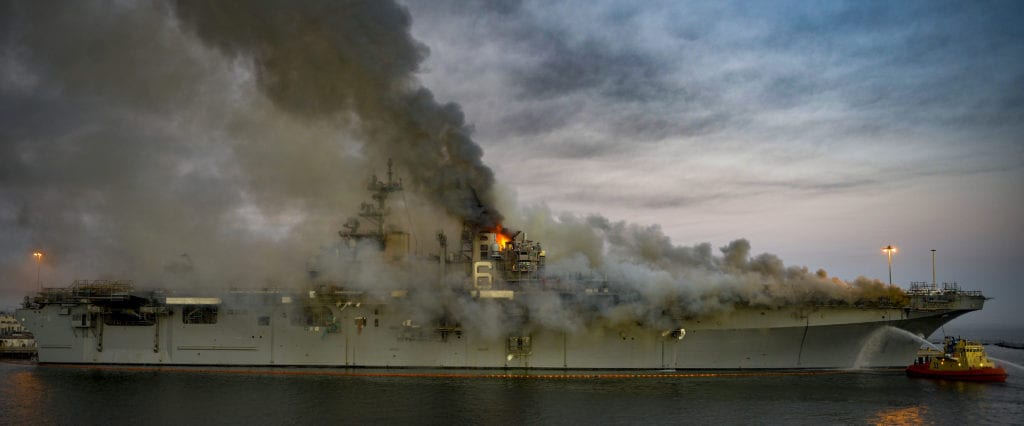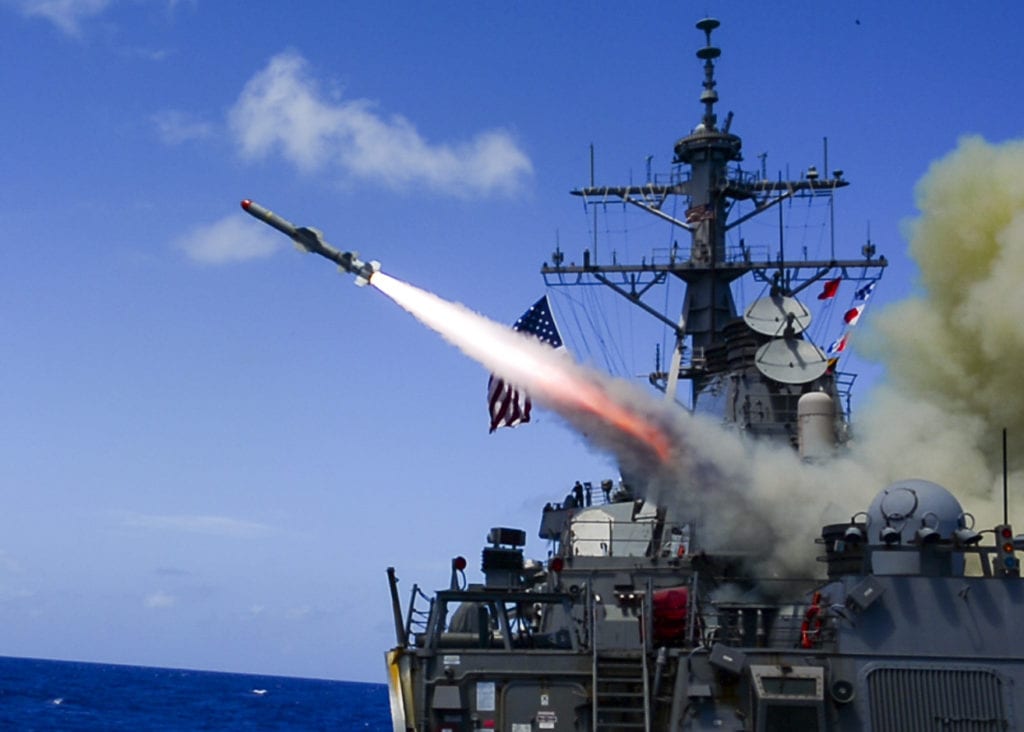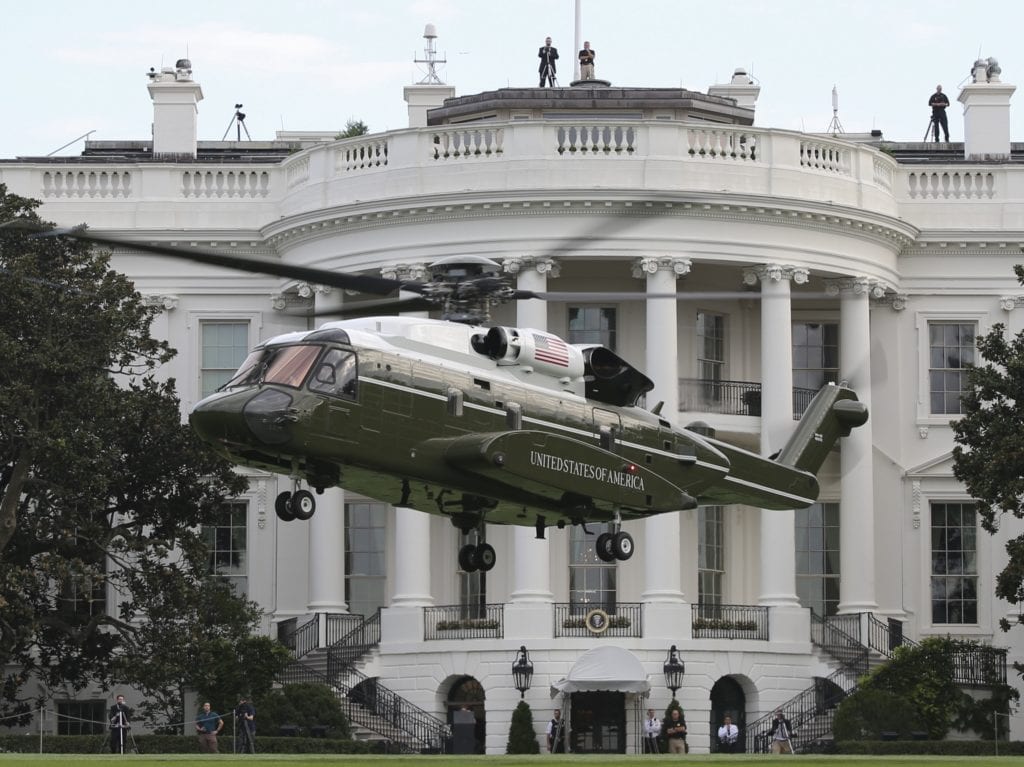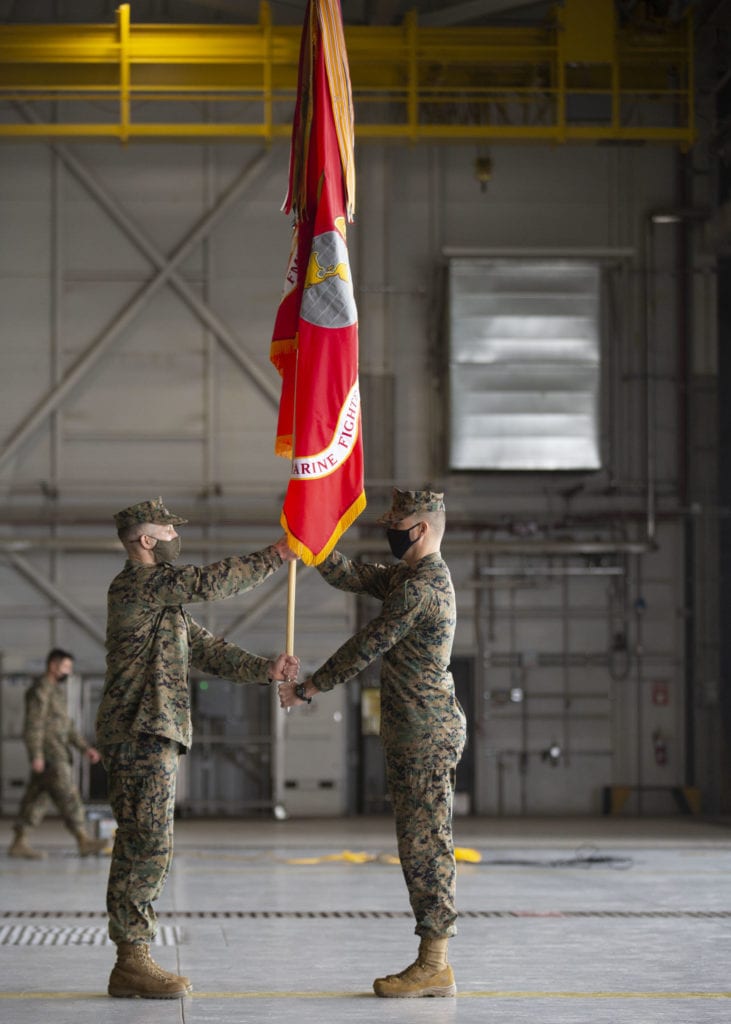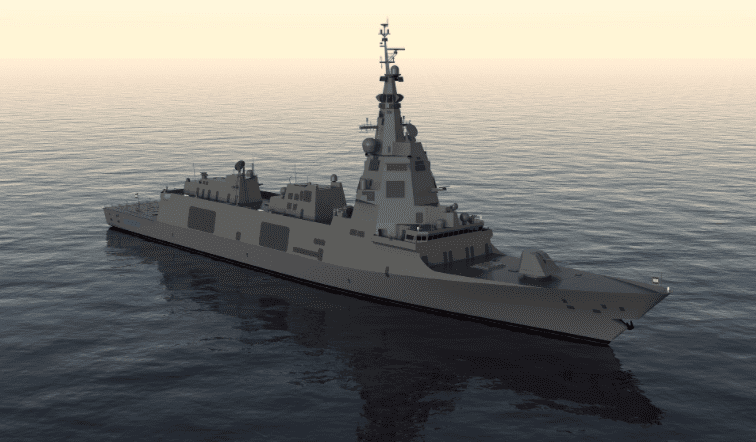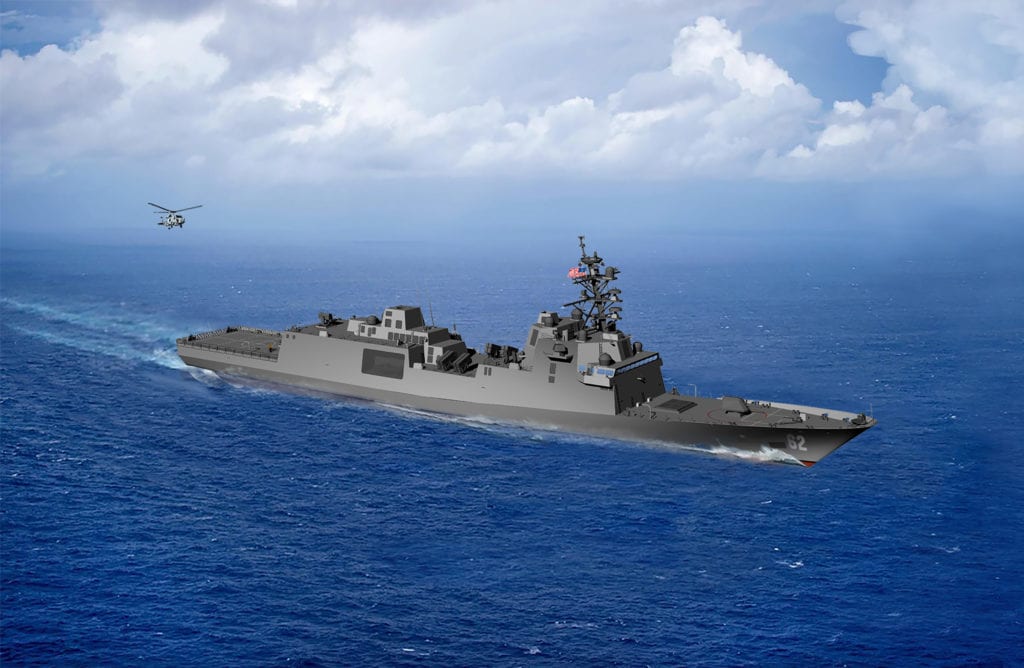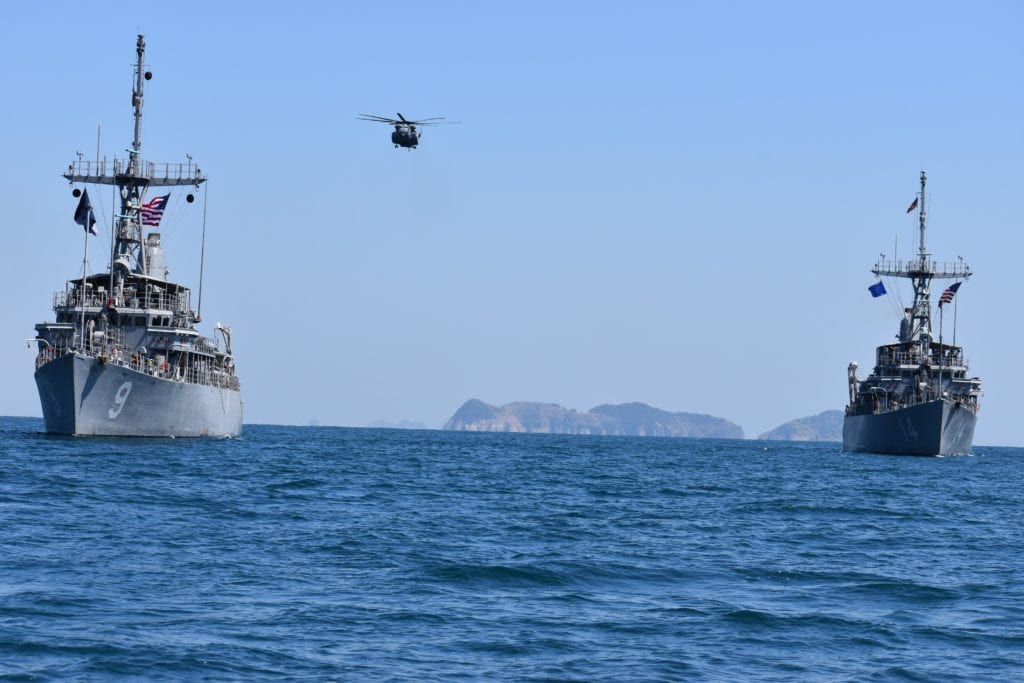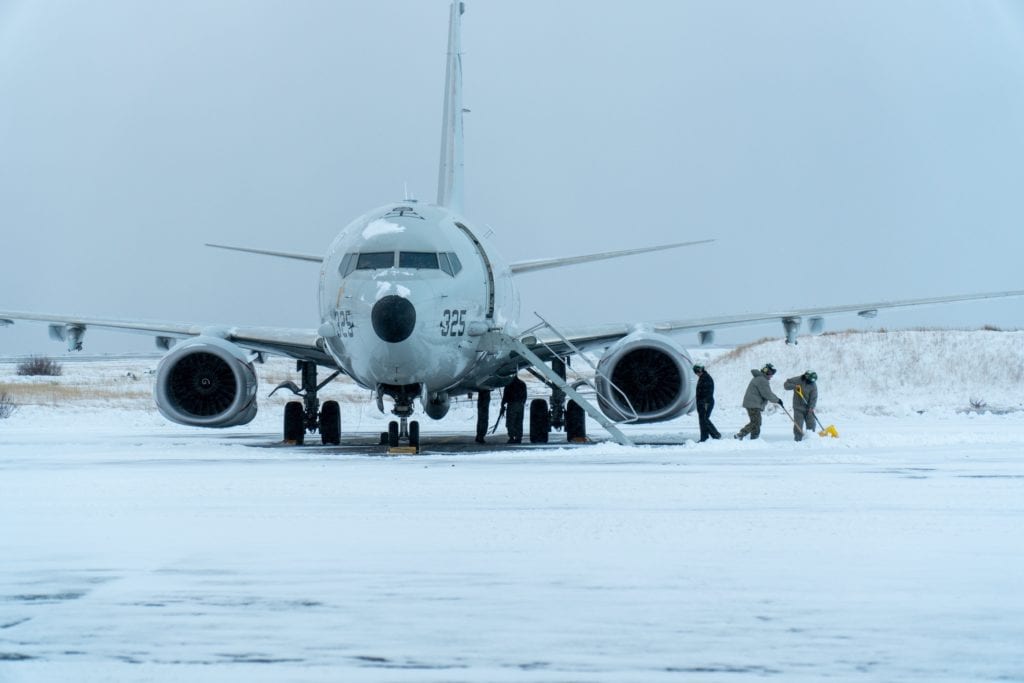Navy Begins Retirement of Cyclone-Class Patrol Ships Without Replacement
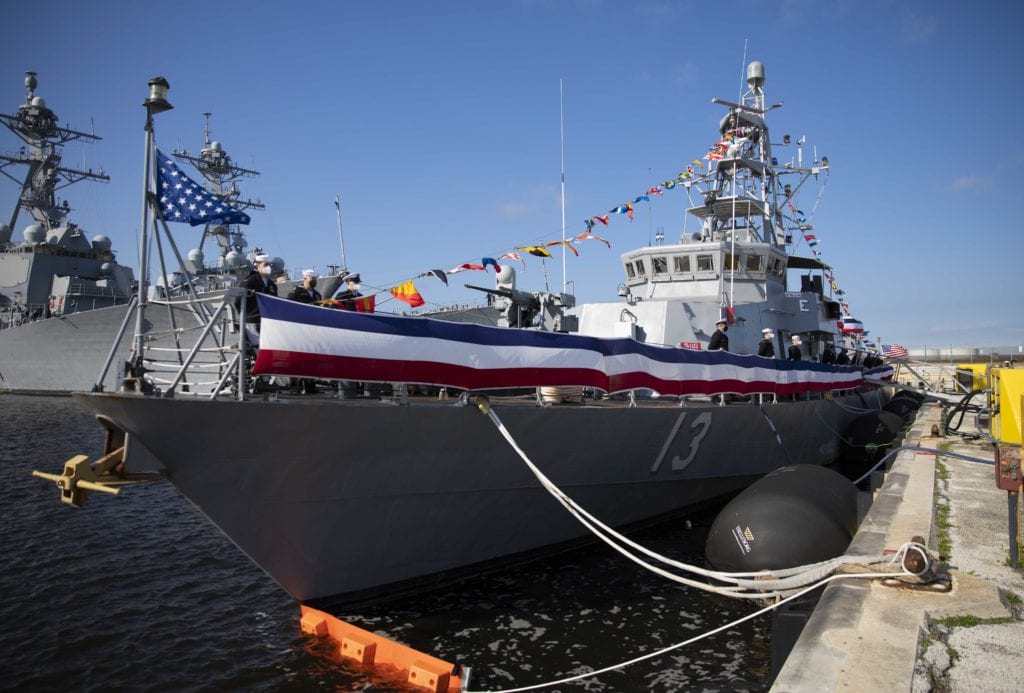
ARLINGTON, Va. — The Navy held ceremonies this week to mark the decommissioning of three Cyclone-class coastal patrol ships this week, beginning the retirement of the class which has no direct replacement.
The three decommissioning ceremonies held over three days — Feb. 16, 17, and 18 — marked the imminent retirement of the Cyclone-class coastal patrol ships USS Shamal (PC 13), USS Zephyr (PC 8) and USS Tornado (PC 14), respectively, at Naval Station Mayport, Florida.
In recent years, the three PCs were used to train crews for the 10 PCs forward deployed to the Persian Gulf. They also participated in homeland security missions such as drug interdiction countering illegal immigration.
The Navy commissioned 14 Cyclone-class PCs between 1993 and 2000. They were built by Bollinger Shipyards and designed for coastal interdiction and support of special operations forces such as SEALs. They were built with a 15-year service life and even the newest already has operated for six years beyond that.
The lead ship, USS Cyclone, was transferred to the Philippine Navy after being briefly transferred to the U.S. Coast Guard, which did not operate the ship.
Several PCs operated in support of Operation Iraqi Freedom and ultimately 10 were forward deployed to the U.S. Fifth Fleet in the Persian Gulf.
During 2004, five PCs were transferred to the U.S. Coast Guard to perform homeland security missions. All five were returned to the Navy by August 2008.
“The decision to decommission these three ships [Shamal, Zephyr and Tornado] stems from the fact that they have all exceeded their designed service life,” the Navy said in a Feb. 17 web article. “Based on the rising cost of modernization efforts, the Navy will receive a better return by decommissioning and freeing up funds to invest in other platforms.”
The PCs offer rare command-at-sea opportunity for lieutenants, one reason the ships will be missed. The ships will have no direct replacements, but their presence in the Persian Gulf eventually will be assumed by littoral combat ships.
“These three warships have served our Navy and our country well,” said Capt. Mike Meyer, commander, Naval Surface Squadron Fourteen, in the Navy release. “Each of them has operated well past their designed service life, with their crews contributing demonstrably to meeting our national objectives.”
The three PCs being retired are being transferred to the Navy’s inactive ship facility in Philadelphia, where they will be decommissioned officially. The official decommissioning dates are Feb. 25, March 2 and March 4 for Shamal, Zephyr and Tornado, respectively. Tornado will be held for Foreign Military Sales; the other two will be scrapped.
